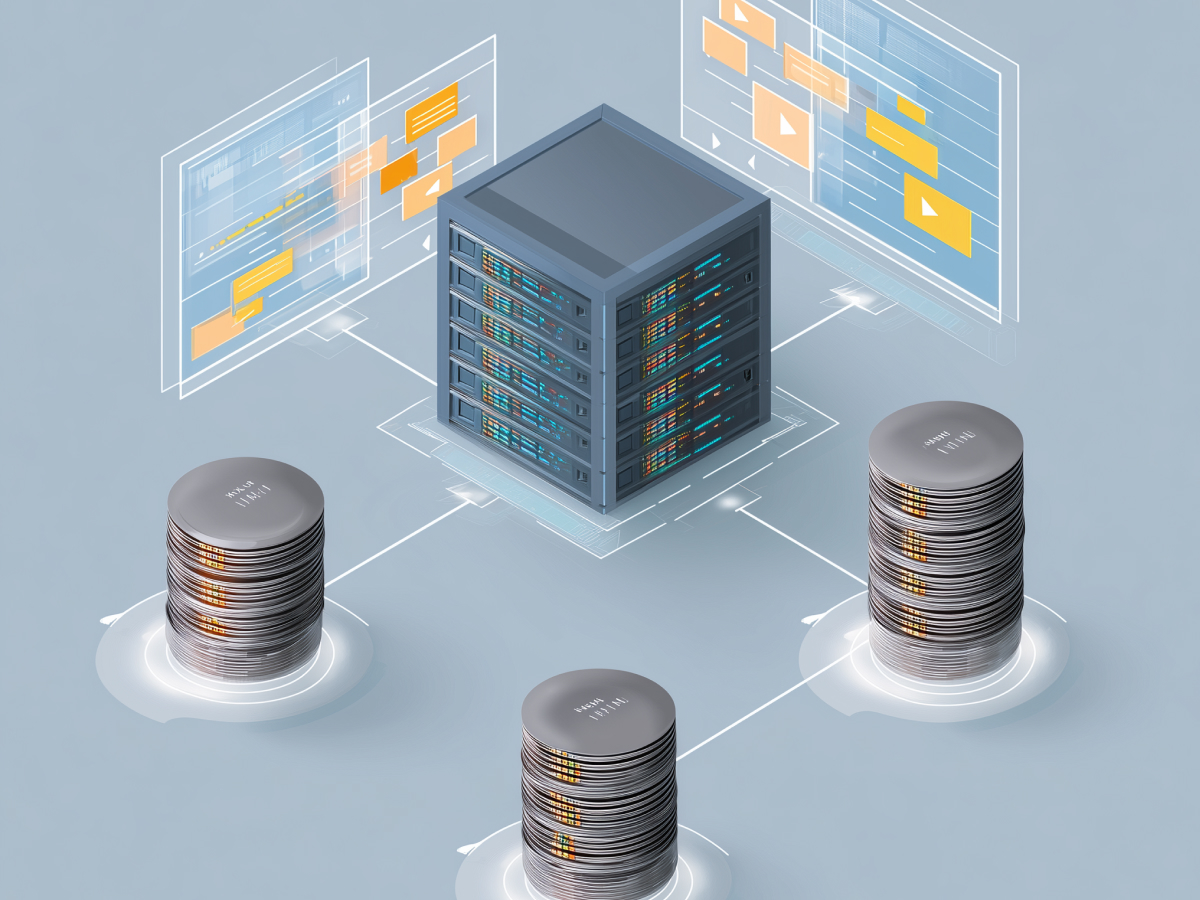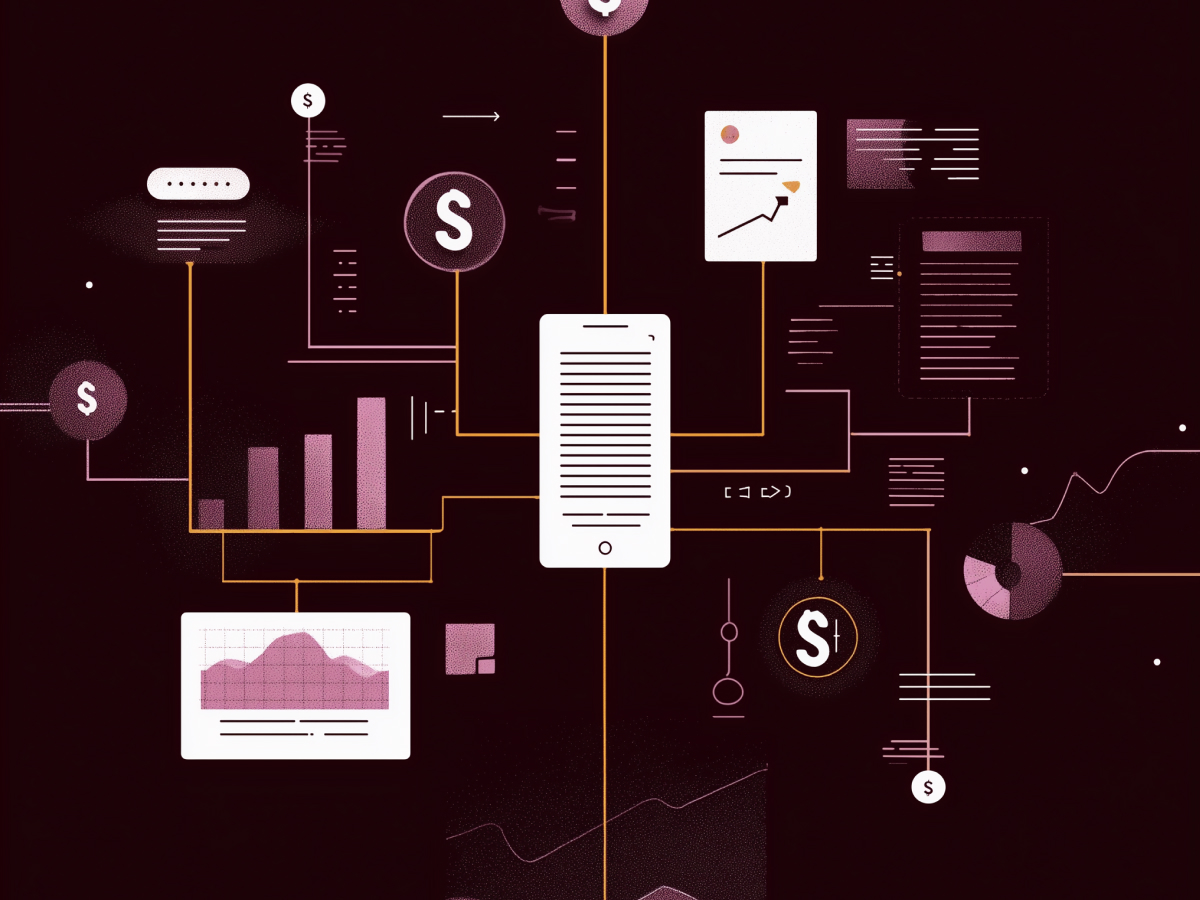Google’s AI mode is now publicly available
Google has just opened the gates. AI Mode, previously limited to select users, is now available to Labs users across the U.S.—free of charge. This is a core evolution of how information is gathered, processed, and delivered to end users in real time. It’s built with Gemini 2.0, their latest generative AI model, and it reshapes how search works by making it contextual, fluid, and highly responsive.
Compared to the standard Google Search, AI Mode doesn’t just list links. It interprets intent. You ask something, and it generates results that understand nuance, detail, and goals. Pull up a local store? Now you also get ratings, hours, product availability, delivery timing, and pricing, without having to dig. The interface gives you direct access to richer information without more clicks. This cuts decision time, fast.
From a business standpoint, this is key. You’re getting clarity. And clarity fuels better, faster decisions. That’s critical when velocity and precision matter more than ever.
AI Mode is running on top of Google’s massive data infrastructure, over 45 billion product listings. It processes two billion updates every hour. Markets shift. Inventory changes. Conditions update. With AI Mode, your view shifts in sync.
According to Robby Stein, Google Search’s VP of Product, this power comes from “all of the high-quality information systems that this is built on.” He’s not wrong. What sets this apart is the data architecture behind it.
Executives should view this as a capability upgrade. It’s intelligence that works at speed and scale. This makes strategy execution tighter, faster, and more reactive to changing conditions. You don’t need more data, you need better visibility. This gives you that.
Google’s AI mode will compete with major AI platforms
Google’s launch of AI Mode is more than a product update, it’s a direct signal to OpenAI, Anthropic, and other AI players: the race is about integration, distribution, and daily utility. With the rollout of AI Mode, Google is using infrastructure and user scale to reshape the field.
AI Mode integrates generative AI into the daily search behavior of billions. That’s a strategic advantage most standalone AI tools can’t match. While platforms like ChatGPT, Claude, and Perplexity AI are powerful, they require users to adjust their workflows. Google doesn’t. It embeds the functionality in what people already use. There’s nothing experimental about it, it’s production-grade reach, switched on at scale.
What matters to executives here is adoption friction. With AI Mode baked into Chrome, Search, Android, and potentially enterprise products next, usage isn’t an open question. It’s a certainty. That means faster onboarding, quicker ROI, and minimal user education. This changes how companies think about deployments. Instead of installing another tool, you activate capability across environments already embedded in the org.
It’s also worth understanding the power of AI Mode’s context layering. Search with generative processing adds deeper relevance to inputs. Results are synthesized with intent awareness. This helps reduce duplication in decision-making processes and cuts down research cycles. In real terms, that means your teams, marketing, operations, customer support, can act faster with more confidence.
Google’s strength here is scale and precision. Most other AI tools start from zero and try to build trust. Google starts from fifteen years of institutional familiarity and billions of searches per day. That’s leverage, earned and deployed wisely.
The normalization of generative AI across tech platforms
The generative AI phase has become operational. What we’re seeing now is full-scale adoption across consumer and enterprise platforms. Google’s AI Mode is just the latest confirmation. The trend has been consistent since early 2023 and continues to accelerate.
Look at the rollout timeline. In February 2023, Quora launched Poe, an AI chatbot that interfaces with multiple models. A month later, Discord began integrating AI into moderation tools, image generation, and user interactions. In September 2023, HubSpot introduced AI to automate lead generation and marketing ops. Apple came in strong in 2024 with AI-driven content tools and task automation. In December 2024, Reddit followed by deploying AI models, including ones from OpenAI and Google, to power Reddit Answers and improve translations.
These aren’t edge-case experiments. These are platform-wide deployments in companies that serve tens or hundreds of millions of users. Executives should pay attention to the pattern and velocity. Every tech firm that reaches real user scale is embedding AI as a core service.
For business leaders, the message is simple. If your organization isn’t structuring around AI now, you’re falling behind the decision cycles of your competitors. The conversation is about how and where to do it at scale. Companies that get AI into their business models early are shifting cost structures, compressing cycle times, and unlocking new revenue paths.
What matters most now is platform literacy. Understanding how tools like Google’s AI Mode differ from standalone systems. Knowing where to integrate AI for speed. And recognizing that your competitive intelligence should now include AI capability tracking across your industry.
In short: generative AI is infrastructure now. If it’s not powering part of your core stack, your roadmap is lagging behind the market.
Key executive takeaways
- Google’s AI Mode opens new possibilities for real-time intelligence: Now publicly available to U.S. Labs users, Google’s AI Mode delivers context-rich, real-time results powered by Gemini 2.0. Leaders should explore integrating its insights into workflows that depend on speed, scale, and local relevance.
- AI Mode strengthens Google’s edge against AI-first platforms: By embedding generative AI into existing search behavior, Google is turning daily user activity into a competitive advantage. Executives should evaluate Google’s suite for cost-efficient AI adoption without needing to onboard new tools or user habits.
- AI adoption is no longer optional, it’s foundational: Major platforms like Apple, HubSpot, Reddit, and Discord now treat AI as core infrastructure, not a feature. Leaders should assess AI integration across their systems to stay aligned with the market’s accelerating transformation curve.





